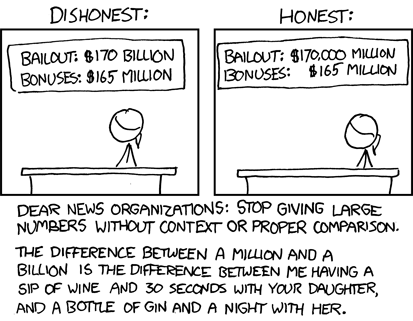A few notes:
0. This was our second day on triangles so I had not used the vocab for each category. I purposely left it to the end of class then we all labeled each category as a class. Students worked in pairs, 1 computer per pair.
1. Students were a little confused about starting with the scalene. There's not much to "observe" there. I think the best one to start with is the isosceles.
2. Its kind of a shame that the 3,4,5 and 6,8,10 are the only right triangles possible. Next time I would bump the sliders up to 13 so that students could make a 5,12,13. (obviously we haven't covered pythagorean, but students were able to find the triangles easily enough)
3. I actually didn't have the 2nd mathlet up there when my students did it. They used the first one for both activities.
Pros: integer lengths for c are easy to list. Students had no trouble figuring out what to do.
Cons: students don't automatically consider fractional side lengths for side c.
This can be a pro, however!! A kid says if a=4 and b=6, c can be 3, 4, 5, 6, 7, 8, 9. Then they are ripe for me to ask "can c be 2 and a half?" They can flip back and forth from c=2 and c=3 to guess at what c=2.5 looks like. Then I ask "can c=2.1? 2.01? 2.001?" It was great to have students interrupt me half-annoyed and say "As long as its more than 2, its ok"
The one I just made (the 2nd one for 10-30) might be "too helpful" for day 2 of triangles. This is probably better as a review or lecture demonstration. http://scottfarrar.
So I think I might change my worksheet back to using the first mathlet, or a modifed version of the first. I'd limit the way they interact with side c first. Then I can give them more freedom to explore rational side lengths.
I welcome feedback and suggestions!






